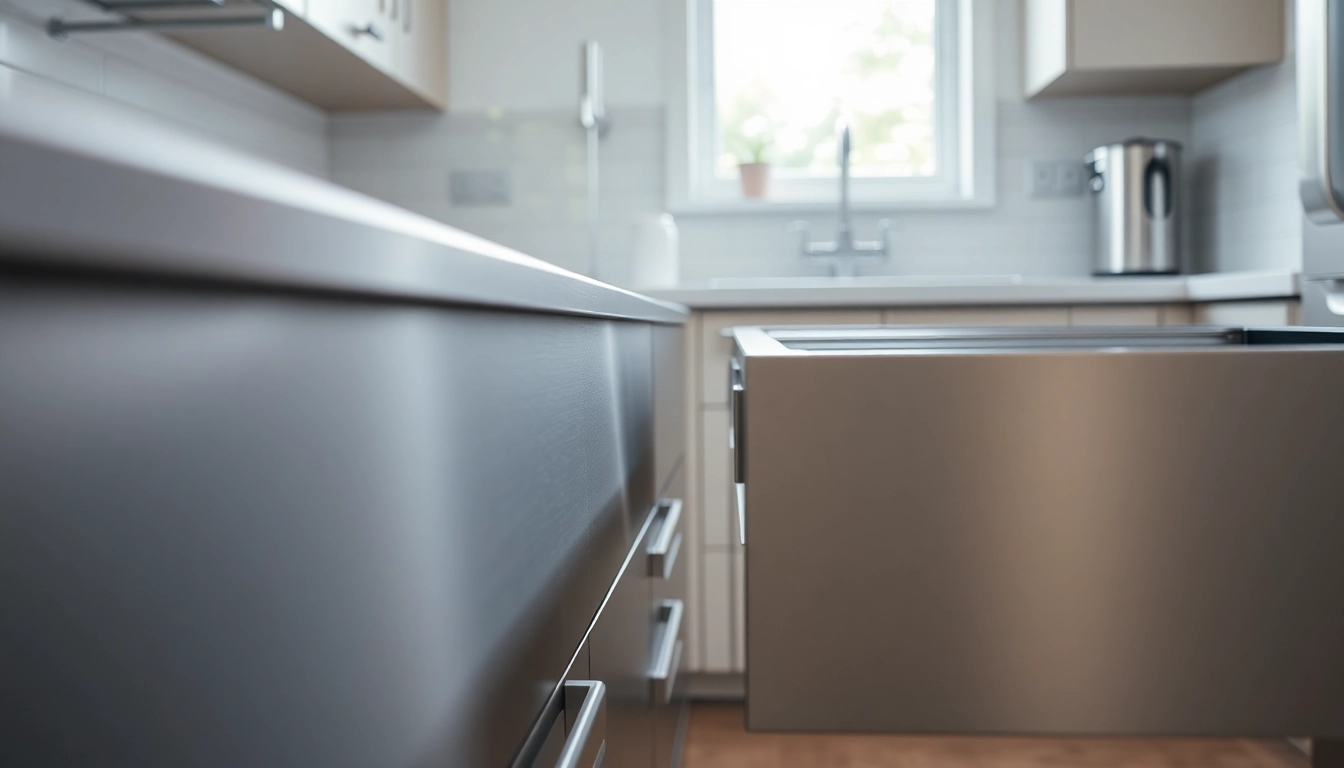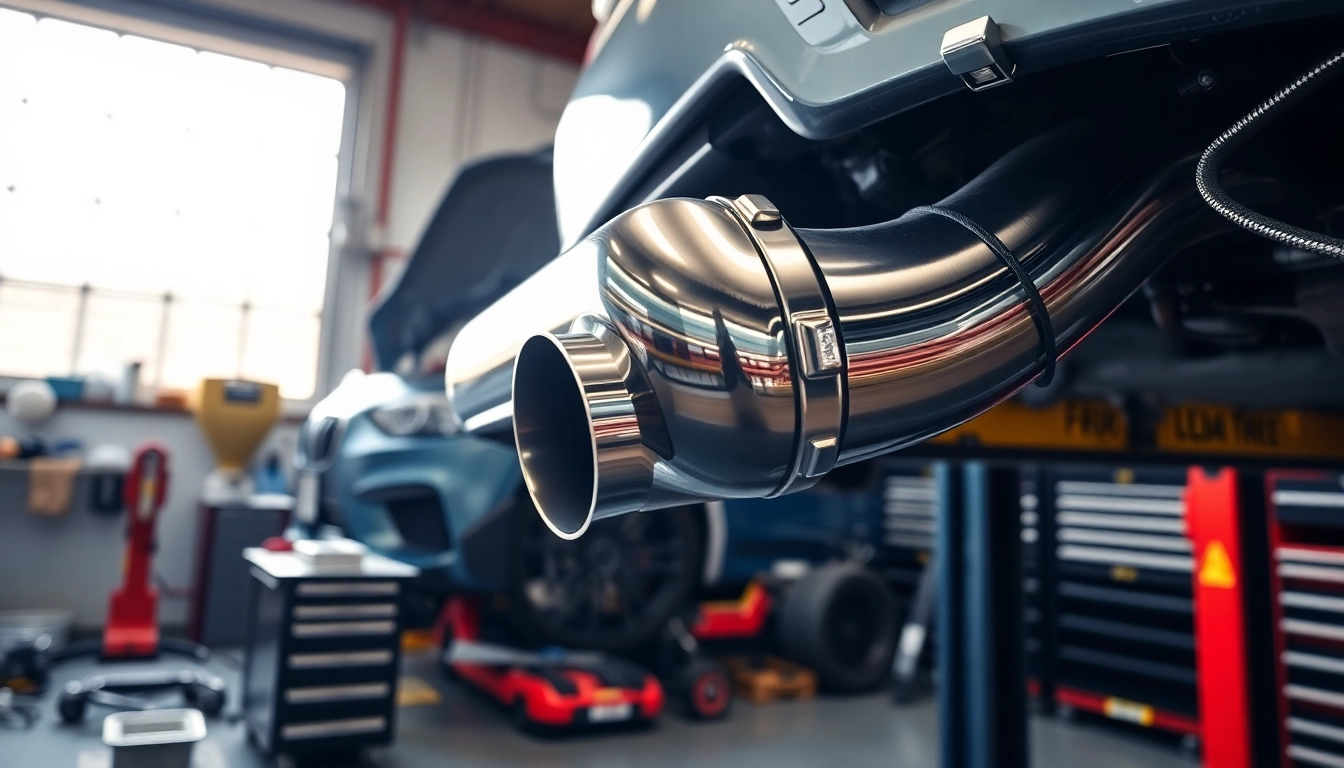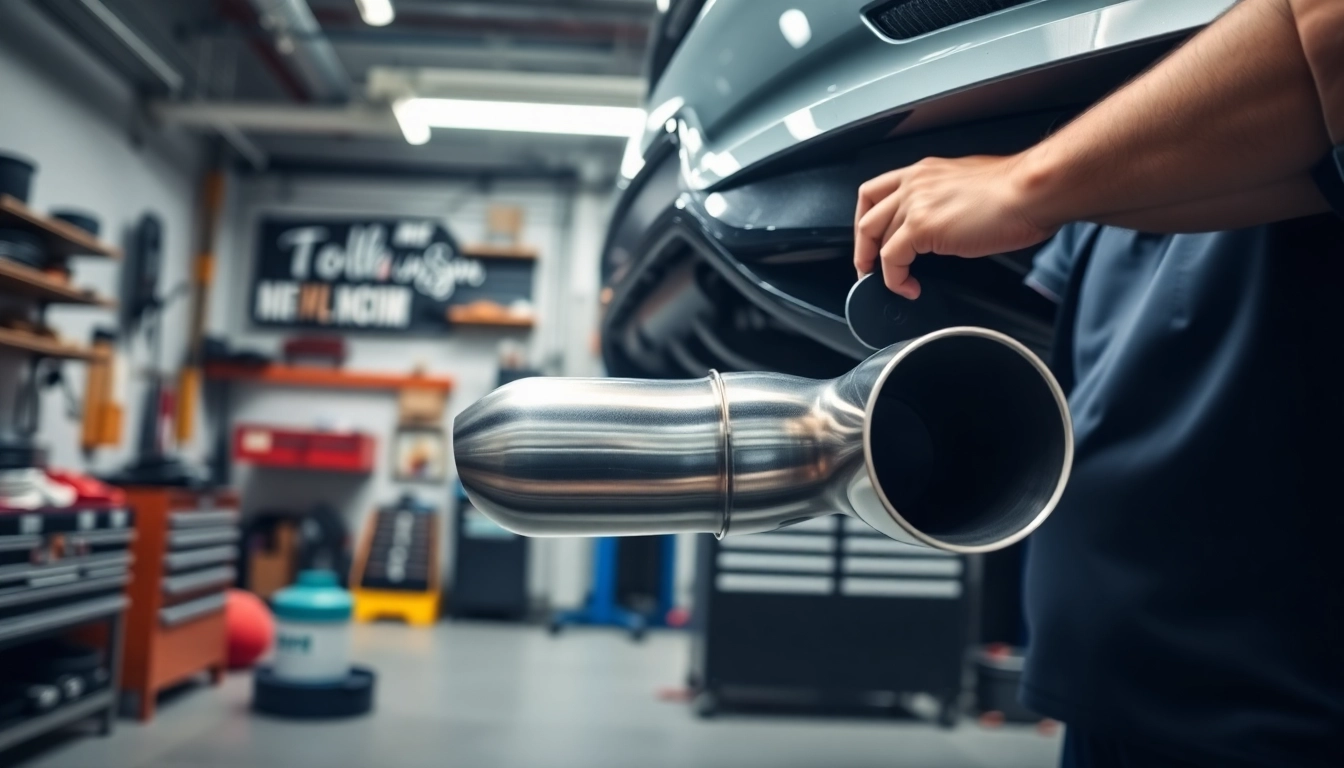
Understanding Metal Drawer Systems
What is a Metal Drawer System?
A metal drawer system is an integrated assembly designed to facilitate the function and storage capacity of drawers in various furniture and cabinetry. These systems utilize metal components, primarily in the construction of the drawer boxes, slides, and related hardware. They provide a reliable and robust solution for applications in both commercial and residential settings, offering high durability, ease of use, and versatile design options. For comprehensive examples and purchasing selections, refer to the Metal Drawer System from various suppliers.
Key Components of Metal Drawer Systems
Understanding the structure of metal drawer systems involves familiarizing oneself with the following components:
- Drawer Box: Often constructed from durable materials like steel, this component holds the contents of the drawer. It can come in various finishes to fit aesthetic preferences.
- Drawer Slides: These are mechanisms that enable smooth opening and closing of the drawer. They come in different types such as side-mounted, bottom-mounted, and undermount options, each providing unique benefits regarding support and space usage.
- Mounting Hardware: Essential for the installation of the drawer system, this includes screws, brackets, and sometimes additional tools required to secure the drawer in a cabinet or furniture piece.
- Front and Back Panels: These elements often contribute to both the aesthetic and functional aspects of the drawer, providing structural stability and visual appeal.
Comparison of Drawer Types: Metal vs. Wood
When evaluating drawer systems, one pivotal consideration is the choice between metal and wood. Each material offers distinct advantages:
- Durability: Metal drawers typically outperform wood in longevity, especially under heavy load or constant use. Metal is less susceptible to warping, cracking, or breaking.
- Weight Capacity: Metal drawer systems can generally support heavier loads compared to wooden alternatives, making them ideal for commercial environments.
- Aesthetic Appeal: While wood provides a classic, warm appearance, modern metal finishes can give a sleek and contemporary look to cabinetry.
- Maintenance: Metal is often easier to clean and maintain than wood, which might require polishing or refinishing over time.
Advantages of Metal Drawer Systems
Durability and Strength
One of the most significant advantages of metal drawer systems is their exceptional durability. Made from materials like steel or aluminum, these systems are designed to withstand the rigors of daily use without succumbing to damage. Studies indicate that metal drawers can carry loads of up to 200 pounds without structural failure, significantly exceeding the typical weight limits of wood drawers.
Design Versatility for Various Applications
Metal drawer systems come in various designs and configurations, making them suitable for multiple applications. Whether utilized in residential kitchens, office furnishings, or industrial workspaces, these systems can be adapted to meet specific needs. The various finishes and customizations available allow for seamless integration into diverse design aesthetics. For example, modern minimalist designs can benefit greatly from the clean lines and sleek surfaces of metal drawers.
Ease of Maintenance and Cleaning
Cleaning and maintaining metal drawers is straightforward, as they can easily be wiped down with standard cleaning agents. Unlike wood, which may absorb spills or stains, metal can be treated to resist corrosion and scratches, providing a long-term maintenance advantage.
Choosing the Right Metal Drawer System
Factors to Consider for Different Spaces
When selecting a metal drawer system, several factors must be taken into account:
- Purpose: Consider what you will store in your drawers; heavier items may necessitate sturdier systems with higher load ratings.
- Space Constraints: Measure the available space for installation, as this will dictate the dimensions of the drawer system.
- Design Requirements: Whether you’re looking for a contemporary or traditional look, ensure the selected system complements the existing décor.
Popular System Styles and Features
Metal drawer systems come with an array of styles and features tailored for specific user needs:
- Soft-Close Mechanisms: These systems allow for a gentle closure, avoiding slamming and potential damage to contents.
- Full Extension Slides: This feature permits the drawer to fully open, providing better visibility and accessibility to contents.
- Modular Designs: Some metal drawer systems incorporate modular components that can be expanded or reorganized as storage needs change.
Evaluating Load Capacity and Size
Before committing to a metal drawer system, it’s crucial to evaluate the load capacity and dimensions:
- Load Capacity: Many manufacturers provide detailed specifications on the load capacity of their drawer systems, which will help you choose a model suitable for your requirements.
- Size: Ensure that the drawer system integrates well with the existing cabinetry or furniture, allowing for adequate space allowances for installation.
Installation and Implementation
Step-by-Step Guide for Easy Installation
Installing a metal drawer system can be a manageable DIY task if approached methodically. Here’s a straightforward guide:
- Gather the necessary tools including a drill, screws, measuring tape, and level.
- Start by measuring the space where the drawer will be installed. Ensure that the dimensions align with the chosen metal drawer system.
- Install the mounting brackets according to the manufacturer’s instructions, utilizing the level to ensure they’re straight.
- Attach the drawer slides to the drawer box and position them into the mounted brackets.
- Test the functionality of the drawer before completely securing the system.
Common Tools and Equipment Needed
Effective installation requires a few essential tools:
- Drill: For creating holes and securing brackets.
- Screwdrivers: Both flathead and Phillips for securing screws.
- Measuring Tape: To ensure proper sizing and alignment.
- Level: To guarantee straight installations.
DIY vs. Professional Installation
Choosing between DIY installation and hiring a professional often depends on your comfort level with tools and the complexity of the installation. DIY offers cost savings and personalization opportunities, while professional installation provides expertise and assurance of quality. For complex or heavy-duty installations, seeking a professional may be advantageous.
Future Trends in Metal Drawer Systems
Innovations and Smart Features to Watch
The world of metal drawer systems is evolving with technological advancements. Innovations such as automated opening mechanisms and integrated lighting systems can enhance user convenience and functionality. Smart technology could soon allow users to control drawer access through mobile devices, adding layers of security and functionality.
Sustainability in Material Choices
As environmental considerations gain precedence, manufacturers are increasingly focusing on sustainable sourcing of metals and finishes. Recyclable materials and eco-friendly finishes are becoming more commonplace, catering to consumers who prioritize sustainability in their purchasing decisions.
Enhancing User Convenience with Technology
Modern metal drawer systems feature designs that accommodate the growing demand for smart homes. Features like integrated charging ports, sensor lighting, and customizable organization solutions provide convenience that meets today’s lifestyle needs.






